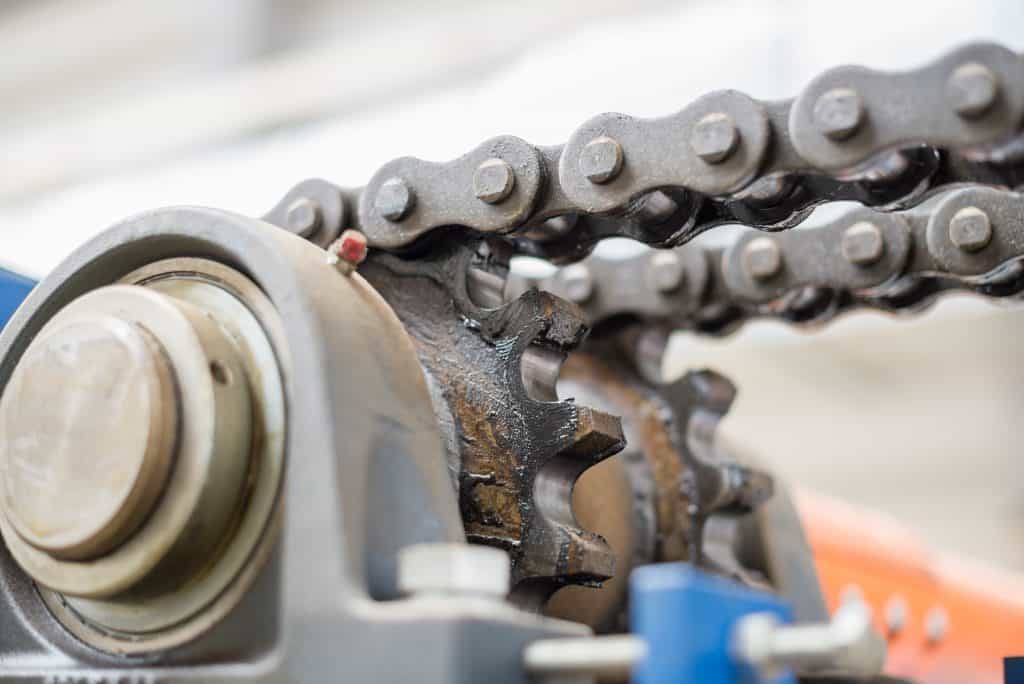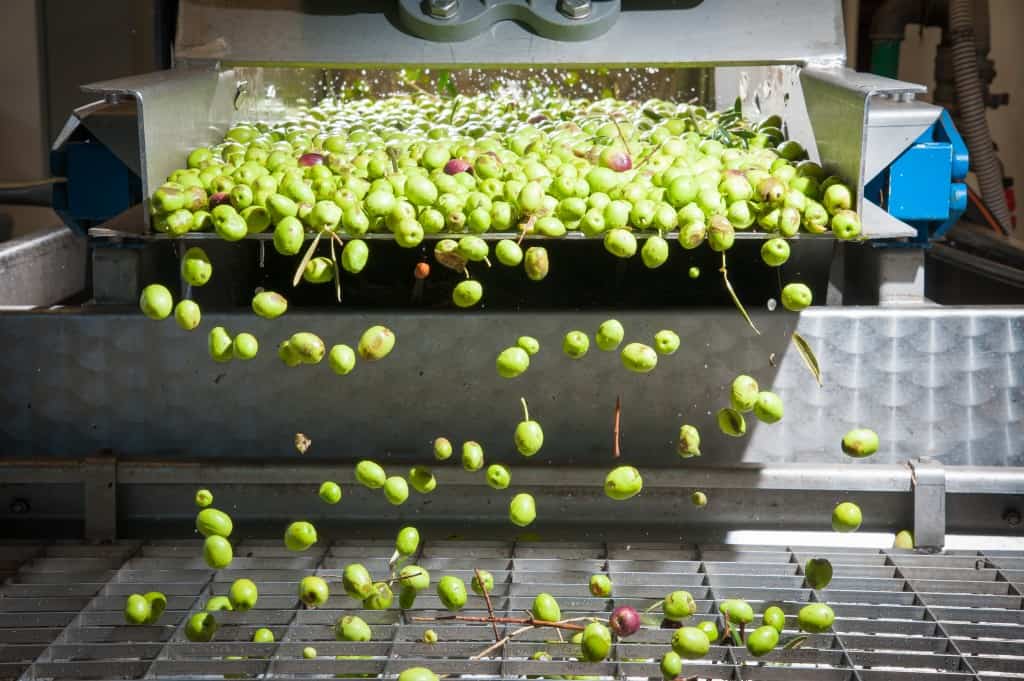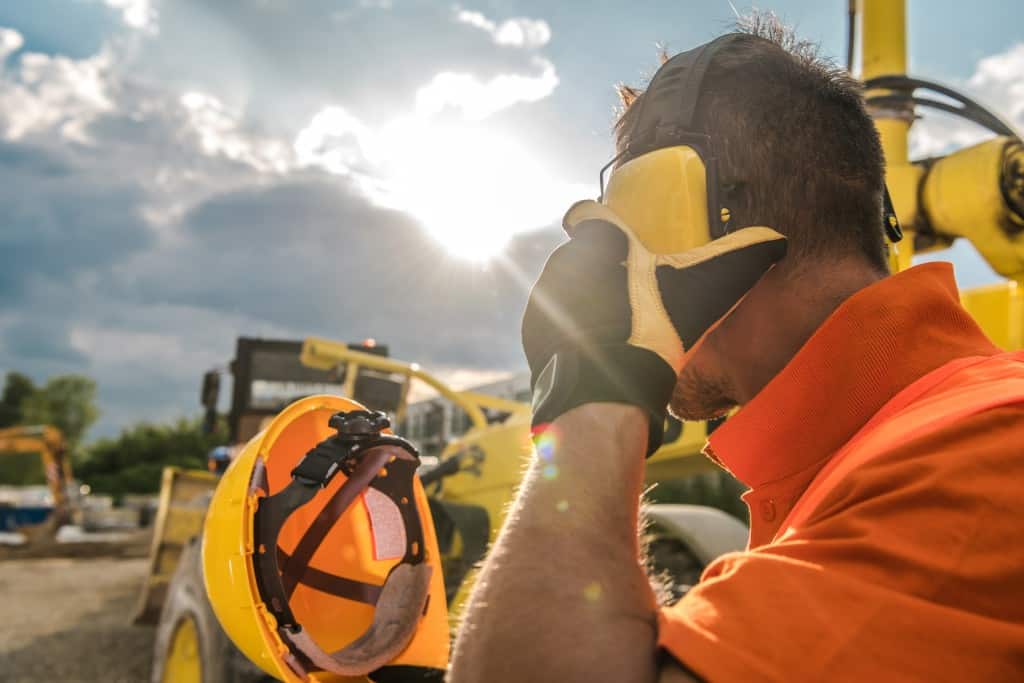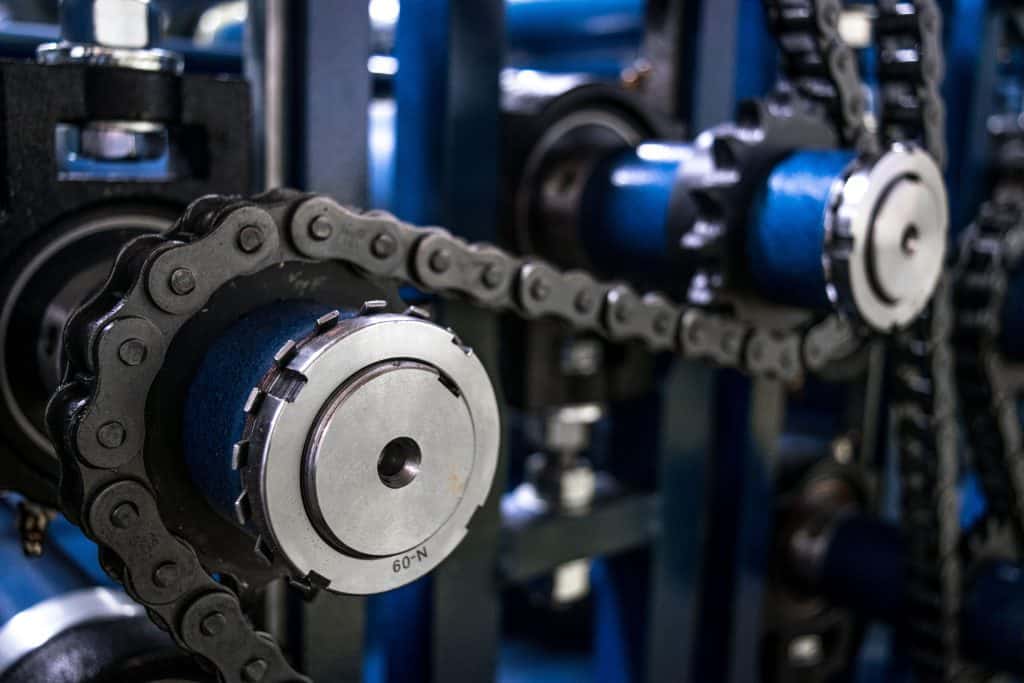Sprocket Tooth Wear: The Causes and Solutions

Like a good many products in the power transmission industry, roller chain sprockets will inevitably wear. Sprocket wear is not necessarily a reason for concern. Excessive or rapid wear in any component, on the other hand, is concerning. The most probable cause of sprocket tooth wear? Elongated – or stretched – chain. This article will highlight some other reasons, as well as examine the phenomenon of roller chain elongation.
Ideally, the material used for small sprockets, or those with lower tooth counts, is of hardened and machined solid steel, a very durable material. In a best-case scenario, a sprocket will outlast roller chain, possibly seeing two or three applications of chain before needing replacement. However, once a sprocket begins showing wear, if it continues to operate, it will start adversely affecting the chain, creating a vicious cycle of wear.
Prevention and implementation of best practices will go a long way in minimizing wear on components.
Roller Chain Elongation
Over time your roller chain will elongate through regular use, eventually requiring replacement. Every roller chain has a predicted lifespan based on its specifications and use conditions. As the chain operates, it creates friction on the bushings and pins. This friction will cause a slow wearing-down of these parts. As the parts wear, the distance between the rollers connected by a pin link increases.

This process typically happens slowly, even when the chain elongates prematurely. There isn’t a single cause of elongation. It can arrive through a multitude of factors. In fact, in a typical drive, with an average load, running at a reasonable speed, the chain will still elongate. The best way to slow the elongation process is through lubrication, the more thorough the method, the better.
As we noted, when roller chain elongates, the distance between rollers increases. This phenomenon affects how the chain wraps around the sprocket. When functioning correctly, the roller will fall into the gullet between teeth and then roll off of the driving side of the sprocket tooth. Rollers on an elongated chain do not correctly fall into place, instead impacting the face of the tooth rather than landing in the gullet. This force will begin to wear the teeth down, creating a hooked shape.
Elongated roller chain will always affect sprockets negatively. Before replacing sprockets, if they seem to be wearing faster than usual, use a chain elongation tool to measure just how far along the chain has stretched. This measurement will tell you right away whether or not elongation is the cause of sprocket tooth wear. Chain elongation is acceptable up to 3% for drives with sprockets that have fewer than 67 teeth. When the drive has a sprocket with more than 67 teeth, elongation is allowable up to 1.5%.
Proper Chain Drive Installation
Another hugely important factor in minimizing sprocket tooth wear starts during installation. By taking the time during installation to make sure every step is done correctly, you significantly reduce the chance that an issue within the drive will cause sprocket teeth to wear.
The alignment of the sprockets might be the biggest key here. Axial and angular alignment is critical in getting the chain to run smoothly and efficiently. With offset or unaligned sprockets, side-plates on the chain can repeatedly hit the side of the sprocket teeth. The same goes for when the sprocket faces are at different angles from one another. Instead of having the chain roll off of the tooth face, it will disengage at an angle that will exert abnormal forces against the teeth.


Drive misalignment, offset sprockets, sprockets out of parallel, whatever term you’d like to use, will all have adverse effects on drive performance. For sprockets and roller chain to work as intended and not wear excessively, installation practices need to be greater than or equal to how you expect the drive to operate.
Sprocket & Roller Chain Materials
The materials and manufacturing processes for both roller chains and sprockets are worth discussing. Sprocket material and roller material will have a direct impact on their performance within the drive. Both proper hardness and the types and qualities of the steel used is highly relevant.

Let’s consider the sprocket first. Several aspects may affect how the sprocket wears. Sintered steel can wear more quickly than solid 1045 steel. As the chain comes into contact with the sprocket, the interaction can be quite severe, depending on the speed and loading. It’s not hard to imagine these forces exerting their influence over inferior materials. Furthermore, an improperly hardened tooth profile will begin losing form once operation begins. Accuracy in hardening and quality assurance in the product will do much to alleviate these issues.
The same goes for the roller on the chain. If a roller has been made too hard during the manufacturing process, this will create a detrimental interaction between the sprocket teeth and the roller chain. There is a delicate balance, even in harsh conditions, that must be maintained for components to work as expected. Any errors during manufacturing will inevitably be a cause of failure.
While it is challenging to analyze manufacturing processes and materials as a customer, vendor transparency can alleviate many concerns.
Prevention for next time
Once you’ve replaced your worn out sprockets and elongated chain, it’s vital to prevent a repeat occurrence. Before starting up the drive, reevaluate the installation practices applied to this particular drive. Every step during installation is as critical as the preceding and succeeding ones. The importance of lubrication methods is also a drum we will continue beating. Well-lubricated drives operate better than ones that implement the bare minimum.
Rapid wear or unusual wear patterns on sprocket teeth are a sign there is a serious issue within the chain drive. Start by inspecting for roller chain elongation first. Installation, maintenance techniques, and product quality are also factors to be reviewed. This issue is highly preventable.
Want to know more about elongation or chain drives in general? We provide a number of helpful articles and resources with answers to your questions. Access our Knowledge Base here.
Sort by category: Case Studies & Solutions, Installation & Maintenance
Sort by topic: Lynx, Maintenance, Roller Chain, Sprocket




